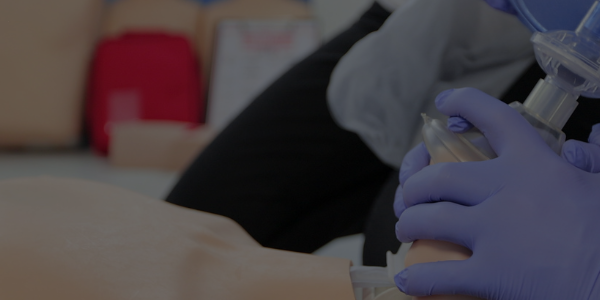Whether it’s happened while you were cutting veggies or possibly you were walking past a bush and cut your leg on a branch, we have all head a wound or cut at some point in our lives. How we treat them afterwards is what really matters in the healing process and preventing infection or scaring.
Wounds can become infected with harmful germs (bacteria). This prevents healing. It also increases your risk of scars. In some cases, the infection may spread to other parts of your body. An infection with the bacteria that causes tetanus can be fatal. Know what to look for and get prompt treatment for wound infection.
What are the risk factors for wound infection?
A wound is more likely to become infected if it:
- Results from a hole (puncture), such as from a nail or piece of glass
- Results from a human or animal bite, especially a cat.
- Isn’t cleaned or treated soon after occurring
- Occurs in your hand, foot, leg, armpit, or groin (the area where your belly meets your thighs)
- Contains dirt or saliva
- Heals very slowly
- Occurs and you have diabetes, alcoholism, a weak immune system, or poor blood circulation
What are the symptoms of wound infection?
Call your healthcare provider at the first sign of infection, such as:
- Redness, warmth around the wound
- Edges look like they are opening
- Yellow, yellow-green, or foul-smelling drainage from a wound
- More pain, swelling, or redness in or near a wound
- A change in the color or size of a wound
- Red streaks in the skin around the wound
- Fever
Preventing wound infection
Follow these steps to help keep wounds from getting infected:
- First, Wash the wound right away with saline and/or water.
- And then Apply a small amount of antibiotic ointment. You can buy this without a prescription.
- Next, Cover wounds with a bandage or gauze dressing. Change it daily or whenever it gets wet or dirty.
- And, Keep the wound clean and dry for the first 24 hours then,
- Wash your hands before and after you care for your wound.
- Finally, Change the dressing daily; follow the instructions your healthcare provider gave you.
Our Wounds are our Sources of Growth
Please note that regular First Aid and CPR Training is the best way to make sure that you’re prepare in the case of an emergency. Book a course with us!
Do you find this article useful? Read more of our blogs here!





